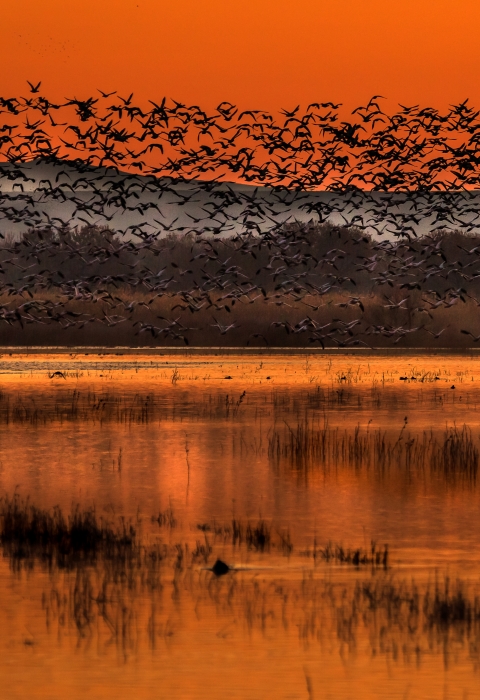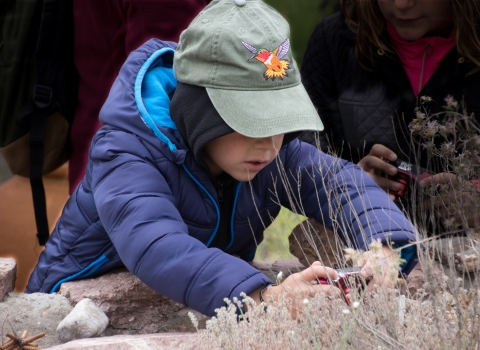Visit Us
At Bosque del Apache, seasonal wildlife attracts visitors from around the world to participate in wildlife observation, wildlife photography, and interpretation. Additional opportunities for environmental education, hunting, and fishing may also be seasonally available.
Location and Contact Information
About Us
Bosque del Apache National Wildlife Refuge is located in San Antonio, Socorro County, New Mexico. Situated between the Chupadera Mountains to the west and the San Pascual Mountains to the east, the 57,331 acre Bosque del Apache was established in 1939 to provide a critical stopover site for migrating waterfowl. The refuge is well known for the tens of thousands of cranes, geese, and ducks who winter here each year. Over 30,000 acres of Bosque del Apache are designated wilderness.
Our Species
Bosque del Apache National Wildlife Refuge is well known as an overwintering location for thousands of cranes, ducks, and geese. Additionally, Bosque del Apache is a year-round or seasonal home for four threatened or endangered species.

